Swedish healthcare is in the midst of profound change. An ageing population, rising demand for care, and persistent staff shortages mean that resources must be used differently. For the system to remain sustainable, both new organisational models and more efficient ways of working are needed.
Capio, one of Sweden’s largest healthcare providers, was founded in Sweden in the 1990s and today operates nationwide. Its services span primary care, specialist care, and hospital care. With more than 300 care units, around 14,000 employees, and millions of patient visits each year, the company forms an integral part of Sweden’s healthcare infrastructure.
“I have worked in healthcare my entire career. What I see now is the urgent need to find ways for fewer professionals to care for more
patients. I believe the answer lies in innovation – both technological and organisational,” says Britta Wallgren, CEO of Capio Sweden.
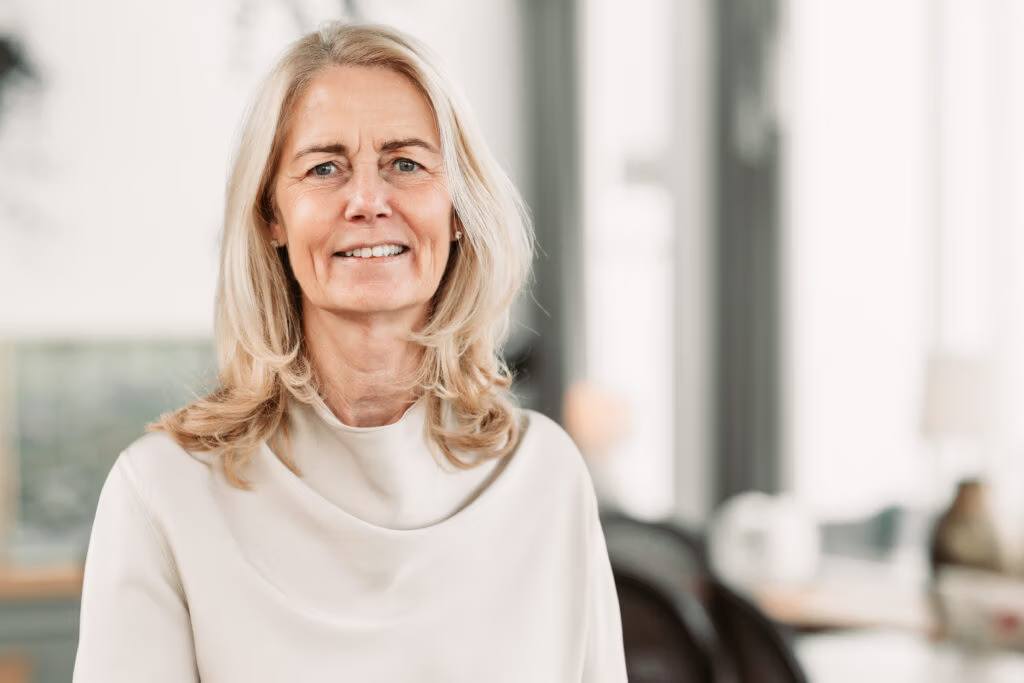
Photo by Scott Andersson
MEETING THE NEEDS OF MORE PATIENTS
A central challenge is ensuring that patients receive care at the right level. At Capio S:t Göran’s Hospital, one of Stockholm’s largest emergency hospitals, an advanced home healthcare team (ASIH) acts as a bridge between different parts of the healthcare system.
The team makes medical assessments and supports colleagues inside of the emergency hospital, in order to identify those whose needs are better met outside of the emergency hospital – through advanced home healthcare, geriatrics, rehabilitation, or palliative care.
“Ask yourself: where do you want to be when you are sick? Most of us would say at home and in an environment where I can relax. The critically ill patients obviously need a hospital bed, but many patients recover much better at home. Through the ASIH team, patients receive a safe and coherent chain of care and can leave the hospital earlier than they could previously. Working in this structured way also reduces the risk that they will soon need to return to the hospital,” explains Gustaf Storm, CEO of Capio S:t Göran’s Hospital.
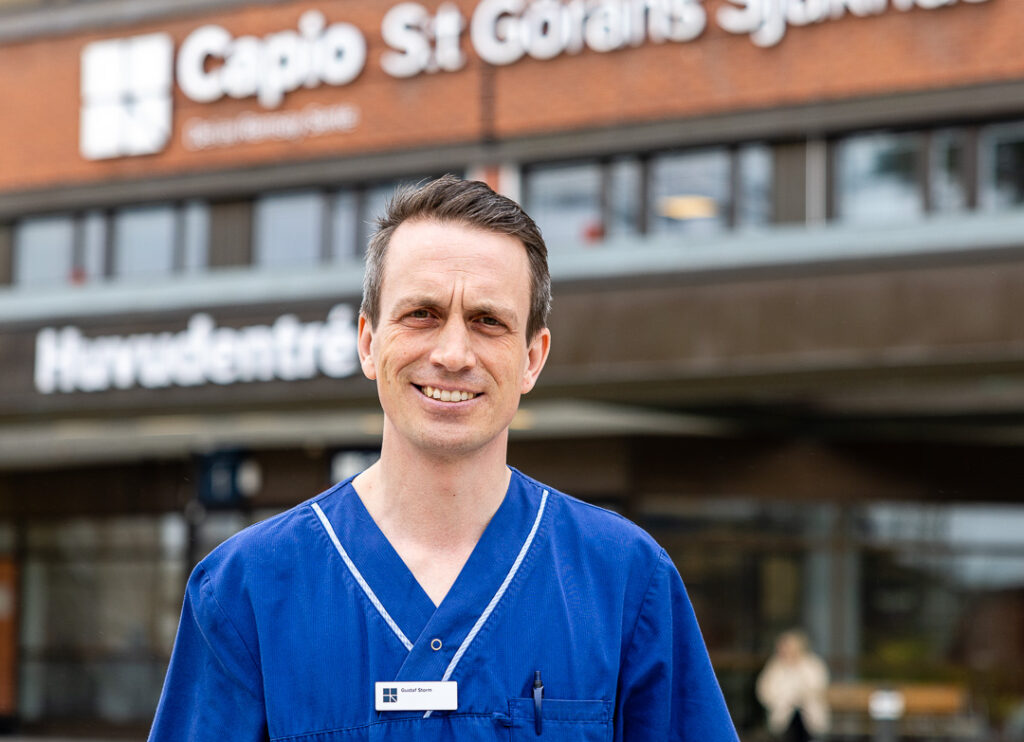
Photo by Capio
FEWER PROFESSIONALS, SMARTER SOLUTIONS
Breast cancer is the most common form of cancer among women. At the same time, Sweden is facing a shortage of radiologists, particularly in mammography.
At Capio S:t Göran’s Breast Center, a breakthrough has taken place. As the first large breast cancer center in the world, the hospital has begun using an AI algorithm in routine screening to review mammography images. The decision followed a major scientific study carried out at the hospital.
The study was led by Karin Dembrower, Senior Breast Radiologist and Head Physician at the department of Breast Radiology and PhD. It was published in The Lancet Digital Health and showed that a combination of AI and a radiologist detected more cases of breast cancer than two radiologists working together. Based on these findings, AI has now been introduced as one of two reviewers in Sweden’s population-based screening programme.
This shift illustrates how quickly research can be translated into clinical practice.
“This is clinical applied research. We identify a problem, study it, test a solution, and then implement it. That is very rewarding,” says Karin Dembrower.
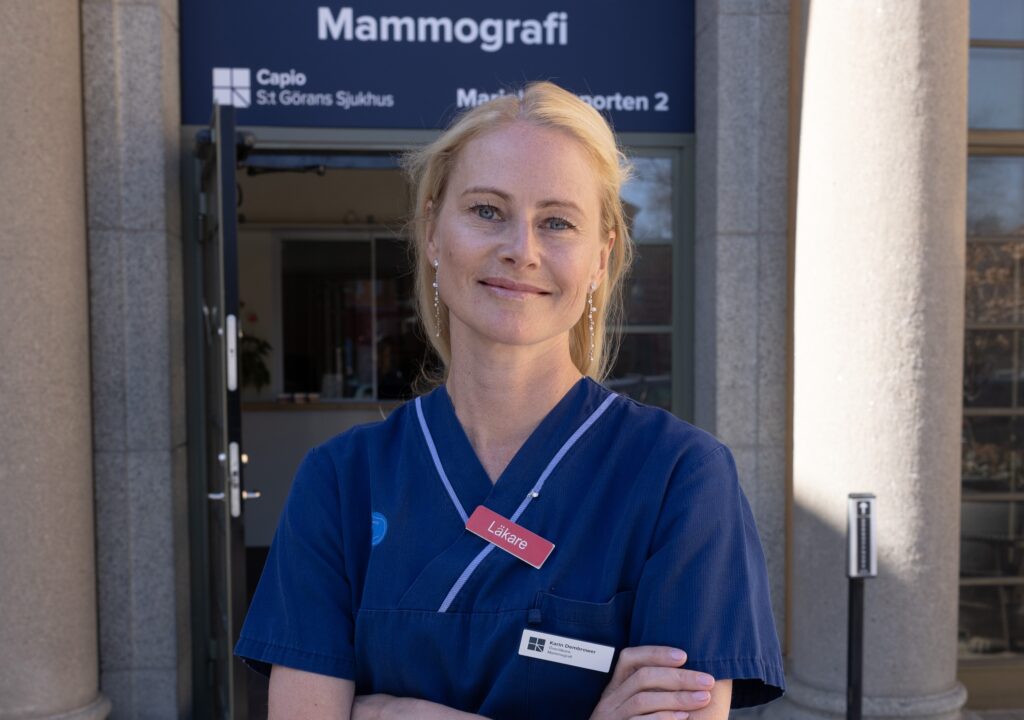
Photo by Charlotta Wadenbrandt
FREEING TIME FOR PATIENTS
AI is also being used to address another challenge: medical documentation. Writing patient records is an essential part of a doctor’s work but has become one of the greatest time burdens in healthcare. Studies show that up to half of a doctor’s working hours can be spent on documentation – often at the expense of time with patients.
To tackle this, Capio is rolling out Tandem, an AI tool that records the consultation and produces a draft medical record in real time. The aim is to reduce administrative workload and free up more time for patient care. Staff who have used Tandem report reduced stress and a stronger presence in the patient encounter, as they no longer need to take notes, and patients say that they feel better informed. The rollout has followed a careful testing period and close dialogue with relevant authorities.
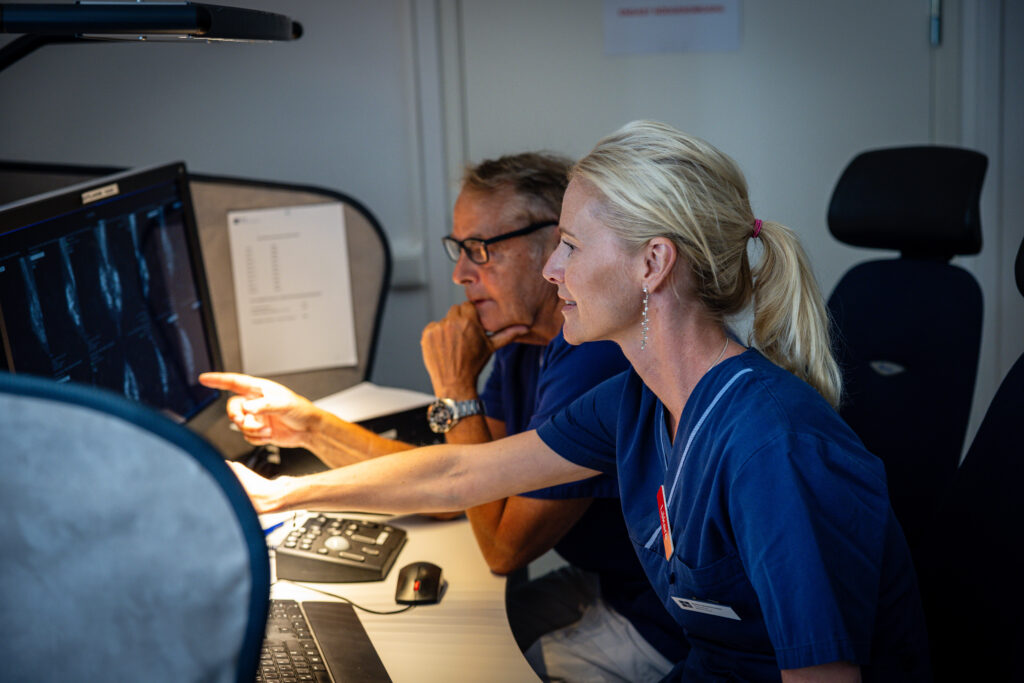
Photo by Anders Persson
INNOVATION WITH PURPOSE
“Capio’s initiatives show some of the ways Swedish healthcare is seeking to meet demographic and structural challenges. It is about using digital tools to support staff and increase access, while also developing new models of care so that patients receive the right treatment at the right time,” says Britta Wallgren, CEO of Capio Sweden.
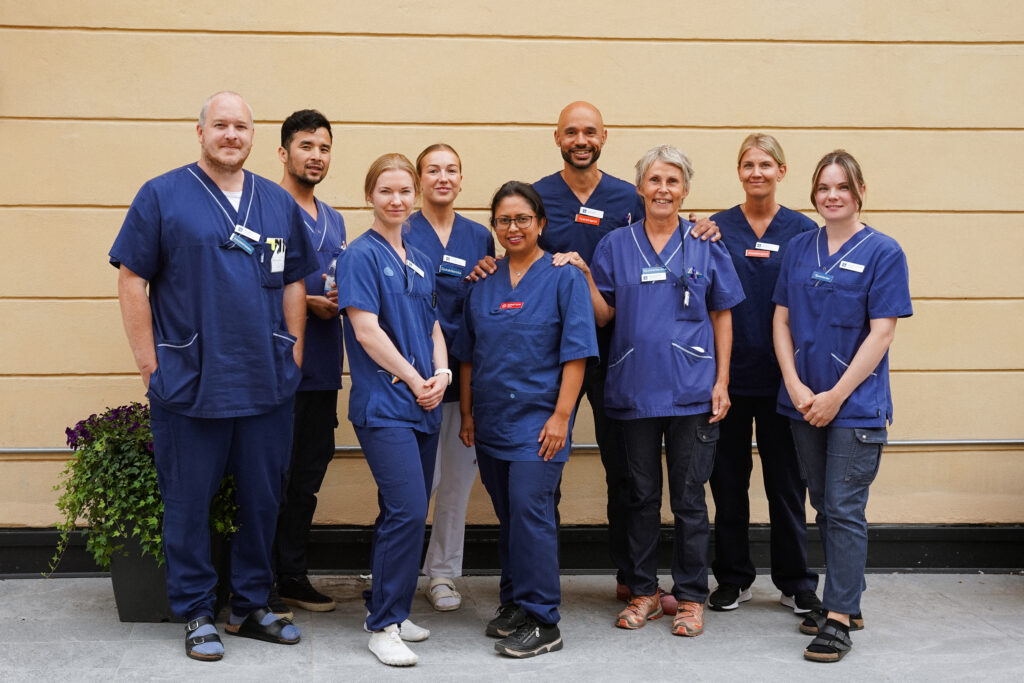
Photo by Johanna Sundström













